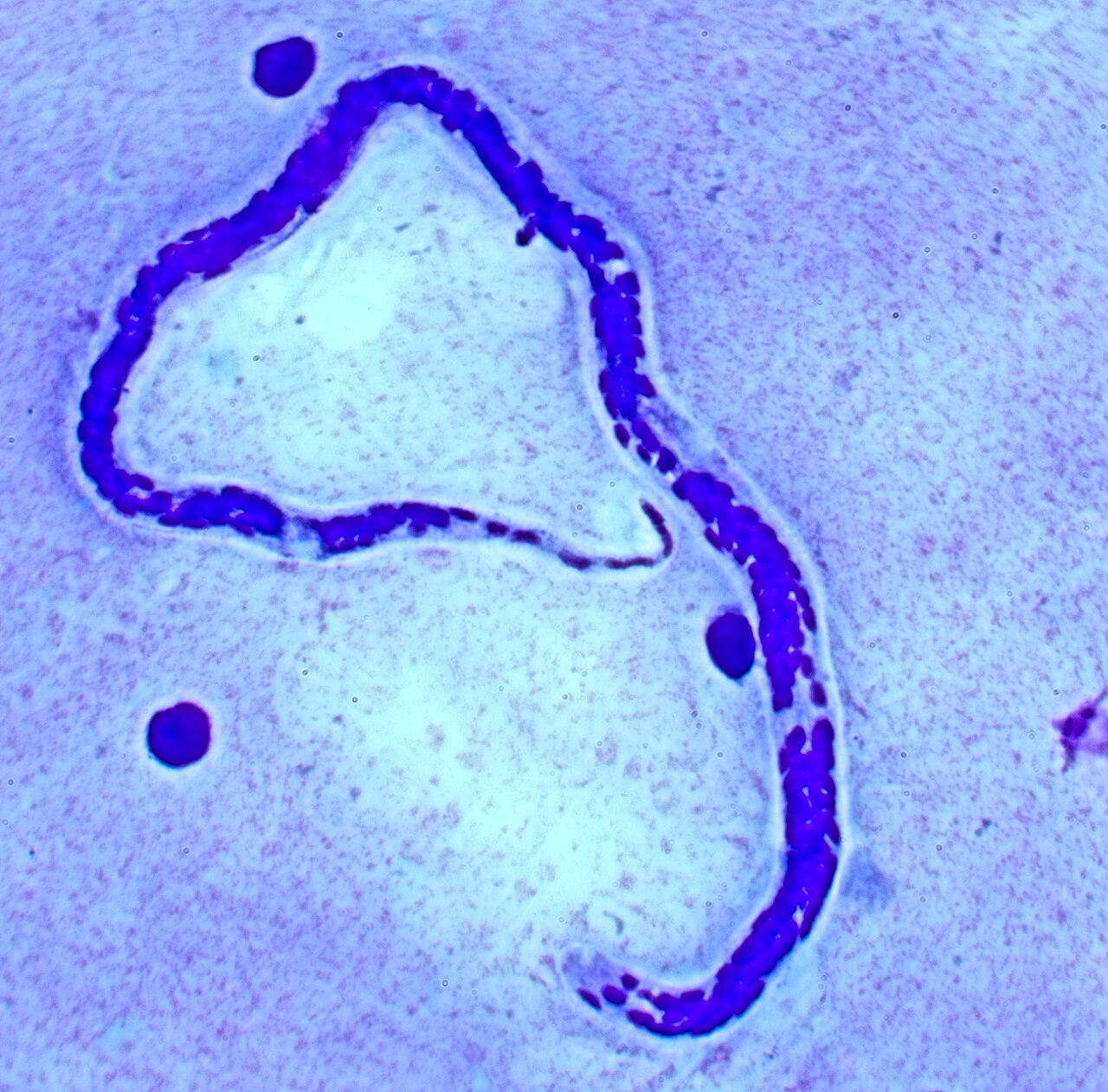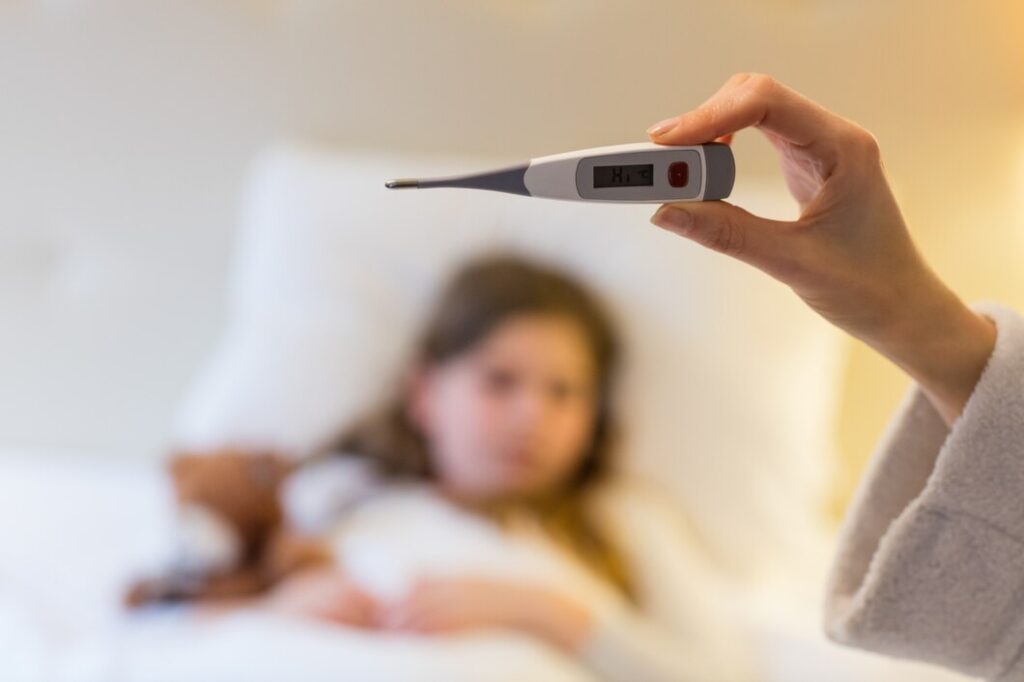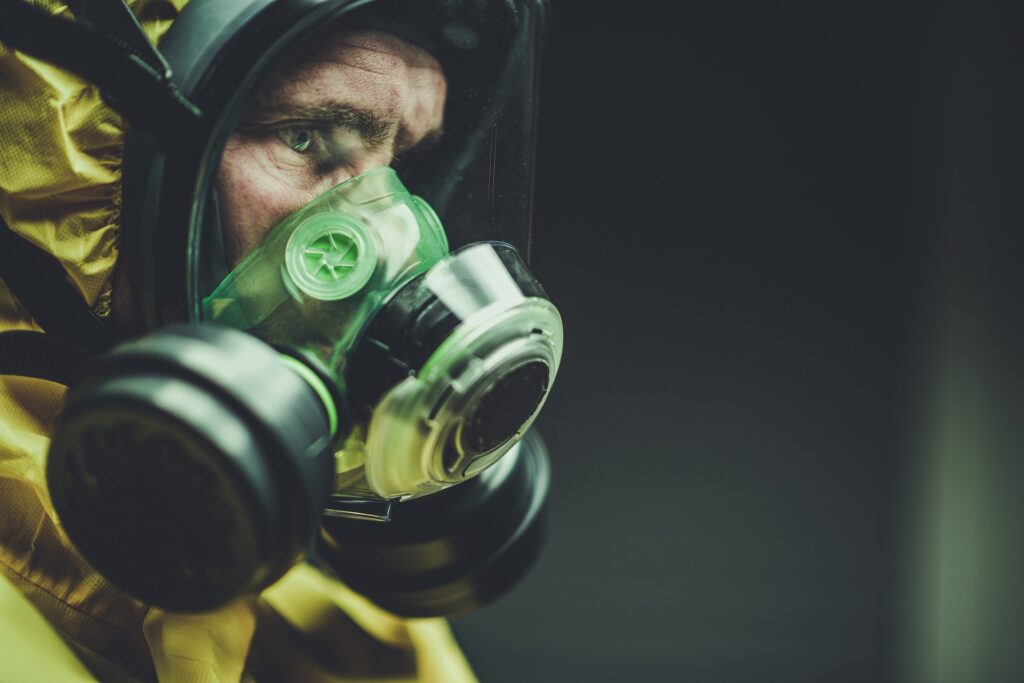Loa Loa (Loiasis);
Overview
Loa loa, commonly known as the “eye worm” or “African eye worm,” is a parasitic worm that infects humans, causing a condition known as loiasis. While not as well-known as some other parasitic infections, loiasis can have significant health implications if left untreated.
What is Loa Loa?
Loa loa is a nematode, or roundworm, that belongs to the family Onchocercidae. It is transmitted to humans through the bite of infected deer flies or mango flies of the genus Chrysops. These flies are prevalent in certain regions of Central and West Africa, particularly in rainforest areas.

How Do Humans Get Loa Loa? – Transmission:
The transmission of loa loa, commonly known as the “eye worm,” to humans occurs through a specific series of events involving both the parasite and its vector.
1. Vector: The Role of Deer Flies
Deer flies, particularly those of the genus Chrysops, serve as the primary vector for transmitting loa loa to humans. These flies are commonly found in the rainforest regions of Central and West Africa, where they breed in shaded areas near rivers and streams.
2. Parasite Life Cycle
The life cycle of loa loa involves several stages, each crucial for its transmission to humans:
- Microfilariae Stage: Adult female loa loa worms residing in the human body release microfilariae, which are tiny, immature larvae, into the bloodstream. These microfilariae circulate in the blood, where they can be ingested by feeding deer flies during a blood meal.
- Development in the Fly: Once ingested by a deer fly, the microfilariae undergo further development within the fly’s body. They migrate to the fly’s proboscis (mouthparts), where they mature into infective larvae over a period of 10 to 14 days.
3. Bite and Transmission to Humans
When a female deer fly feeds on the blood of a human host, it injects its saliva, which contains anticoagulants to facilitate blood feeding. At the same time, it may also inject loa loa infective larvae into the human host’s bloodstream. These larvae then begin their journey within the human body, eventually maturing into adult worms.
4. Migration and Establishment
Once inside the human host, the loa loa larvae migrate through the subcutaneous tissues, where they mature into adult worms. These adult worms can move freely within the body, often migrating to various tissues and organs, including the eyes, leading to the characteristic symptom of eye irritation.
5. Transmission Dynamics
The transmission dynamics of loa loa involve a complex interplay between the parasite, the vector, and human hosts. Factors influencing transmission rates include:
- Vector Abundance: The density of infected deer flies in a given area directly impacts the risk of human infection.
- Human Behavior: Activities that increase exposure to deer flies, such as outdoor work or recreation in endemic areas, can elevate the risk of transmission.
- Environmental Factors: Environmental conditions, such as temperature and humidity, can influence the survival and activity of deer flies, thereby affecting transmission rates.
Signs and Symptoms of Loa Loa (Loiasis) :
Loa loa, commonly referred to as the “eye worm” or “African eye worm,” manifests in humans through a range of signs and symptoms.
1. Subcutaneous Manifestations
One of the hallmark features of loiasis is the presence of the worm beneath the skin, leading to various subcutaneous manifestations:
- Calabar Swelling: Characterized by localized, transient swellings that appear and disappear over time. These swellings, also known as Calabar swellings, typically occur in the extremities and are associated with the movement of adult worms beneath the skin.
- Migration Tracks: Some individuals may develop visible tracks or linear lesions on the skin, indicating the path of migrating worms within the subcutaneous tissues.
2. Ocular Symptoms
Loa loa infection can affect the eyes, leading to several ocular symptoms:
- Eye Irritation: Patients may experience itching, redness, or a foreign body sensation in the eyes, often due to the presence of adult worms migrating across the conjunctiva.
- Subconjunctival Migration: In severe cases, adult worms may migrate beneath the conjunctiva, causing visible swelling and discomfort.
3. Systemic Effects
In addition to localized manifestations, loiasis can also present with systemic symptoms affecting various organ systems:
- Joint Pain: Some individuals may experience arthralgia, or joint pain, which can be intermittent and migratory in nature.
- Fatigue: Generalized fatigue and malaise are common symptoms reported by individuals with loa loa infection.
- Lymphadenopathy: Swelling of the lymph nodes, particularly those located near the site of infection, may occur in some cases.
4. Allergic Reactions
The presence of loa loa worms in the human body can trigger allergic reactions, leading to additional symptoms:
- Hives (Urticaria): Some individuals may develop raised, itchy welts on the skin, known as hives, as a result of allergic reactions to worm antigens.
- Pruritus: Itching, either localized or generalized, is a common symptom associated with allergic responses to loa loa.
5. Asymptomatic Cases
It’s important to note that not all individuals infected with loa loa will exhibit overt symptoms. Many cases of loiasis are asymptomatic or associated with mild, transient manifestations that may go unnoticed by the affected individual.
Risk Factors:
The primary risk factor for loiasis is residing or traveling in regions where the deer flies carrying the loa-loa parasite are endemic. This includes certain parts of Central and West Africa, such as Cameroon, Nigeria, and the Democratic Republic of the Congo. Additionally, engaging in outdoor activities, such as farming or hunting, in these regions can increase the risk of exposure to infected flies.
Treatment of Loa Loa (Loiasis) :
The treatment of loa-loa, also known as the “eye worm,” involves a combination of antiparasitic medications and supportive care to alleviate symptoms and prevent complications.
1. Antiparasitic Medications
The primary approach to treating loa-loa infection involves the use of antiparasitic medications to eliminate the adult worms from the human body:
- Diethylcarbamazine (DEC): DEC is the first-line treatment for loiasis and is highly effective at killing adult loa-loa worms. It works by disrupting the metabolism and function of the parasite, leading to its death. DEC is typically administered orally in a single dose regimen under medical supervision.
- Ivermectin: In areas where DEC is not available or contraindicated due to safety concerns, ivermectin may be used as an alternative treatment option. Ivermectin is also effective at killing loa-loa worms and is often administered as a single dose.
2. Treatment Regimens
The choice of treatment regimen for loa-loa infection may vary depending on the severity of symptoms, individual patient factors, and the presence of co-infections:
- Single Dose Therapy: In many cases, a single dose of either DEC or ivermectin is sufficient to achieve parasite clearance and alleviate symptoms. This approach is convenient and cost-effective, particularly in resource-limited settings.
- Multiple Dose Therapy: In cases of severe loiasis or when the risk of adverse reactions to treatment is high, a multi-dose regimen may be prescribed. This involves administering repeated doses of antiparasitic medications over several days or weeks to ensure complete parasite clearance.
3. Management of Adverse Reactions
While antiparasitic medications are effective at killing loa-loa worms, they can also trigger adverse reactions, particularly in individuals with high parasite burdens:
- Allergic Reactions: The death of large numbers of worms following treatment can lead to the release of parasite antigens, triggering allergic responses ranging from mild skin reactions to severe anaphylaxis. Antihistamines and corticosteroids may be used to manage allergic symptoms.
- Encephalopathy: In rare cases, particularly with high-intensity infections, treatment with DEC or ivermectin can lead to severe neurological complications known as encephalopathy. Close monitoring and supportive care are essential to manage these complications.
4. Surgical Interventions
In cases where adult loa-loa worms migrate to sensitive areas such as the eye or deep tissues, surgical removal may be necessary:
- Subconjunctival Removal: Surgical extraction of adult worms from beneath the conjunctiva may be performed to alleviate ocular symptoms and prevent further complications.
- Deep Tissue Extraction: In rare cases of deep tissue migration, surgical intervention may be required to remove adult worms from vital organs or structures.
Complications:
While most cases of loiasis are relatively benign, severe complications can occur in some individuals, particularly during treatment. These complications may include:
- Encephalopathy: In rare cases, the death of large numbers of loa-loa worms following treatment can lead to brain inflammation and neurological symptoms.
- Allergic reactions: The release of worm proteins following treatment can trigger severe allergic reactions, including anaphylaxis, in susceptible individuals.
- Surgical complications: In cases where adult worms migrate to the eye or other sensitive areas, surgical removal may be necessary, which carries its own risks.
Conclusion
Loa-loa is a parasitic worm that poses a health threat to individuals living in certain regions of Central and West Africa. While the infection is often asymptomatic or mild, it can cause significant discomfort and, in some cases, lead to severe complications. Awareness of the risk factors, signs, and symptoms of loiasis is essential for early detection and appropriate management of the infection.
Read more:

